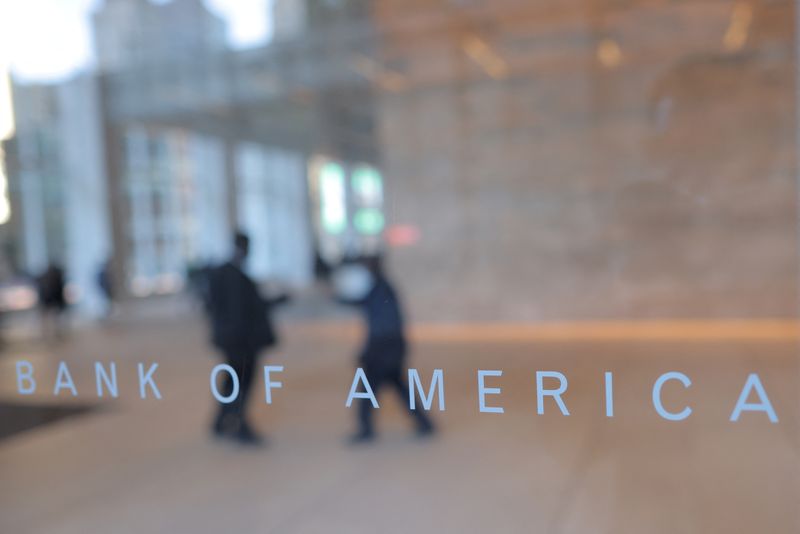Bank of America’s unrealized losses on securities rose to $131.6 billion in the third quarter of 2023, up from $123 billion in the second quarter, according to a regulatory filing on Friday.
The losses were driven by a decline in the value of Bank of America’s bond portfolio, which was caused by rising interest rates. The bank’s investment banking and trading businesses also posted losses in the quarter.
Bank of America said that the unrealized losses are not expected to have a material impact on its financial condition. Unrealized losses are only recognized when the securities are sold.
However, the rising losses could be a sign of trouble ahead for Bank of America and other banks. If interest rates continue to rise, it could lead to further losses on bond portfolios and a decline in the overall profitability of the banking industry.
What are unrealized losses on securities?
Unrealized losses on securities are the difference between the carrying value of a security and its current market value. Unrealized losses are not recognized until the security is sold.
What are the implications of Bank of America’s unrealized losses?
Bank of America’s unrealized losses on securities are a reflection of the challenging market environment. Rising interest rates and inflation are putting pressure on banks’ investment portfolios.
However, Bank of America’s unrealized losses are not a sign of financial distress. The bank remains profitable and has a strong capital position.
Why are Bank of America’s unrealized losses on securities rising?
Bank of America’s unrealized losses on securities are rising because the value of its bond portfolio is declining. Bond prices decline when interest rates rise.
What does this mean for Bank of America?
The rising unrealized losses are not expected to have a material impact on Bank of America’s financial condition in the near term. However, if interest rates continue to rise, it could lead to further losses and a decline in the bank’s profitability.
Conclusion
Bank of America’s rising unrealized losses on securities are a sign of the risks facing the banking industry as interest rates rise. The bank is likely to continue to monitor its portfolio closely and take steps to mitigate the impact of rising rates.









